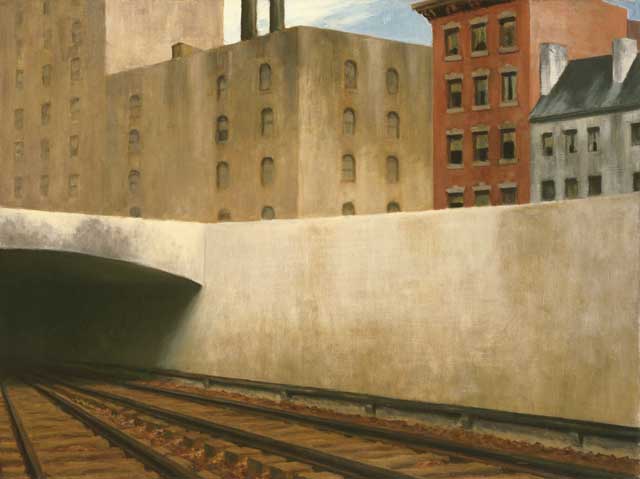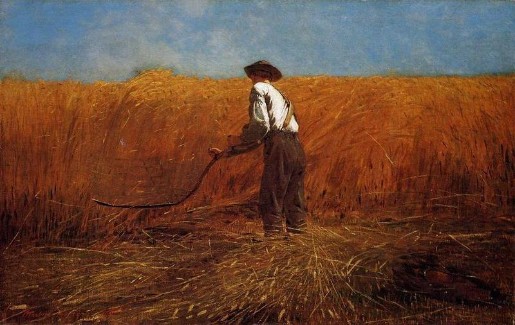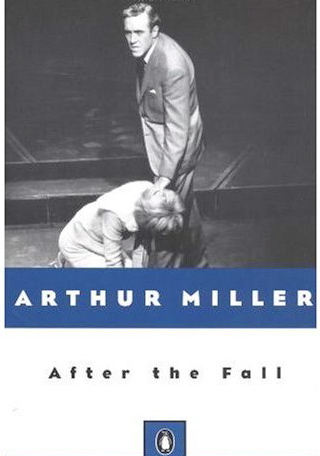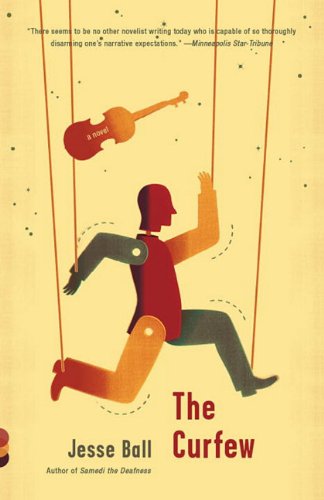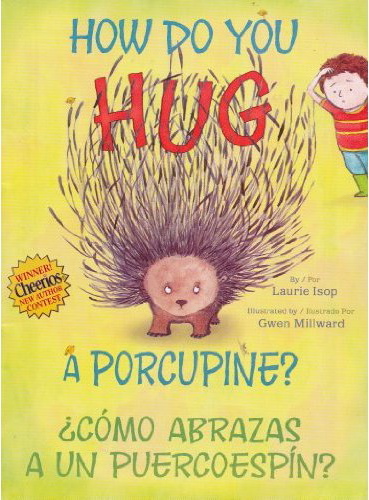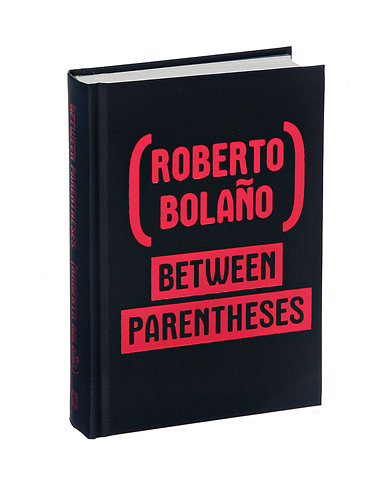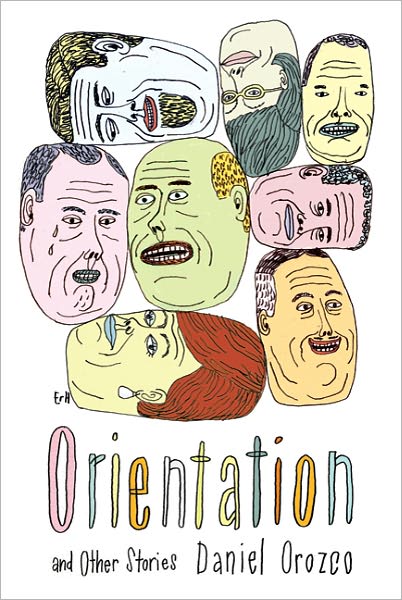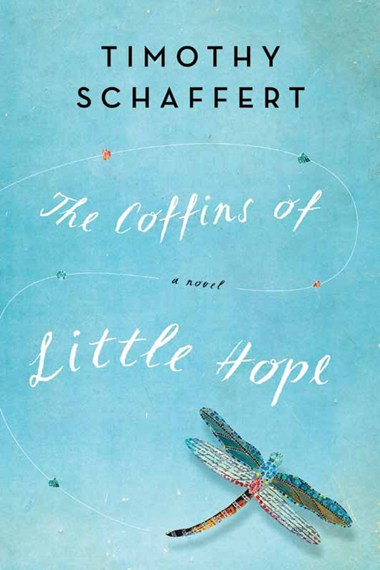.
This morning I discovered that the British newspaper, “The Independent,” has for the last several years been publishing a weekly series of short essays on individual works of art. The ongoing project’s name is “Great Works.” From what I’ve seen and read, most of the selections are interesting pieces you’re not likely to have come across in Janson or Gardner art history texts. The last 12 months’ profiles of paintings, sculptures and other works of art are available for reading online, here. Recently, art historian Michael Glover has taken over writing duties from Tom Lubbock, continuing a tradition of elegant and intelligent analyses.
Last month Glover contributed an appreciation of “Approaching a City” (1946), an Edward Hopper painting that now hangs in the Phillips Collection in Washington, DC.
.
.
Glover’s passionate analysis of the formal and thematic aspects of the work reminds me of the large rewards that every great Hopper painting surrenders to the discerning eye. Stand openly and patiently before a Hopper painting and you will experience muteness giving way to tantalizing meanings. Such is the case with this mysterious, unpeopled urban landscape.
Mr. Glover’s piece inspired me to share some thoughts of my own.
What I see in “Approaching a City” is an artist using the static medium of an easel painting to comment on the temporal, to upend our notion of time’s arrow, and, finally, to question the very American credo of progress. A tall order, yet Hopper manages all of this through the simple arrangement of buildings in the background.
What Hopper constructs in the upper portion of the picture is essentially a timeline, but one in which the conventional proposition (left to right = past to future) suffers a reversal. If you decide to read the frieze “backward” (from right to left) you will find yourself in the comfortable position of keeping chronological time. In the right margin you see huddled a pair of urban townhouses. These dwellings appear to date from the 18th or early 19th century (possibly from the Federal period) and they exhibit pleasantly solid forms, although their shutters have been lost and their brick fronts are now white-washed. To their left is a later 19th century residential building. It is two stories taller and retains architectural adornments such as a cornice, stone lintels, and warm brick facing. Side by side, you see that these are human-scaled, human-purposed structures.
Then, as you move again to the left, you encounter a gap. Even though the abutment of the railroad underpass obscures a street level view, you intuit this gap to be a cross-street. But you sense it is much more than that. For across this divide is a massive 20th century structure: artless, soulless (its fenestration dead-eyed), brutally concrete. It has laid siege to all remaining territory, even unto the sky. It is a chilling vision. If, in revulsion, you turn your eyes back to the right side, the twin dwellings will appear to be in protective hiding, cowering in fear of the future onslaught.
Hopper’s architectural tableau is a statement of decline, of devolution. What was Hopper thinking about? Our culture? Our politics? Our moral sense?
.
Additional notes:
1. If anyone doubts my opinion of the rich rewards of Hopper’s paintings, ask yourself what other artist produced a body of paintings sufficient to form the basis for an opera?
2. In his essay, Michael Glover notices how the painting does not allow the viewer to rest contentedly anywhere on its surface. This is agonizingly so in the foreground: “Our gaze keeps shifting leftwards as if we are afflicted by some kind of a tic that jerks our head in that direction, as if we are being forced to acknowledge and inspect, again and again, that sucking promise of blankness, blackness” of the left-side tunnel. I thought it interesting that Glover assumes we are all destined to be drawn into the tunnel, that trains will descend into its maw. Speaking objectively, it is a matter of simple statistics that it is equally probable that a train we are traveling on will emerge from this tunnel. But emotionally I think Glover is correct. There is a sinister air of dread to the tunnel, indeed an air of surrealistic upheaval, that makes us think the darker direction is more likely. Compare the unlikely fate of Magritte’s train engine which happily emerges into domestic comfort.
3. In examining different stratum of time, time present and times past, Hopper can be seen as participating in a pessimistic strain in American thought and culture. It is of a piece with F. Scott Fitzgerald (“And so we beat on, boats against the current, born back ceaselessly in the past”) and Woody Allen (The “Midnight in Paris” visits to between-the-wars and Belle Epoque eras).
4. Hopper painted “Approaching the City” in 1946, which I think is significant. Most Americans had reason to believe 1946 marked, finally, an awakening from years of nightmare: world-wide economic Depression, the rise of totalitarian regimes, the Holocaust, the horrible destruction of WWII. Surely some optimism was deserved. Was Hopper not of this view? Did he paint “Approaching the City” as rebuke to, if not an explicit rejection of, healing and recovery? I’m thinking now of Winslow Homer, who welcomed an end to the Civil War’s horrors in a different fashion. Here is “The Veteran in a New Field” (1865):
.
.
